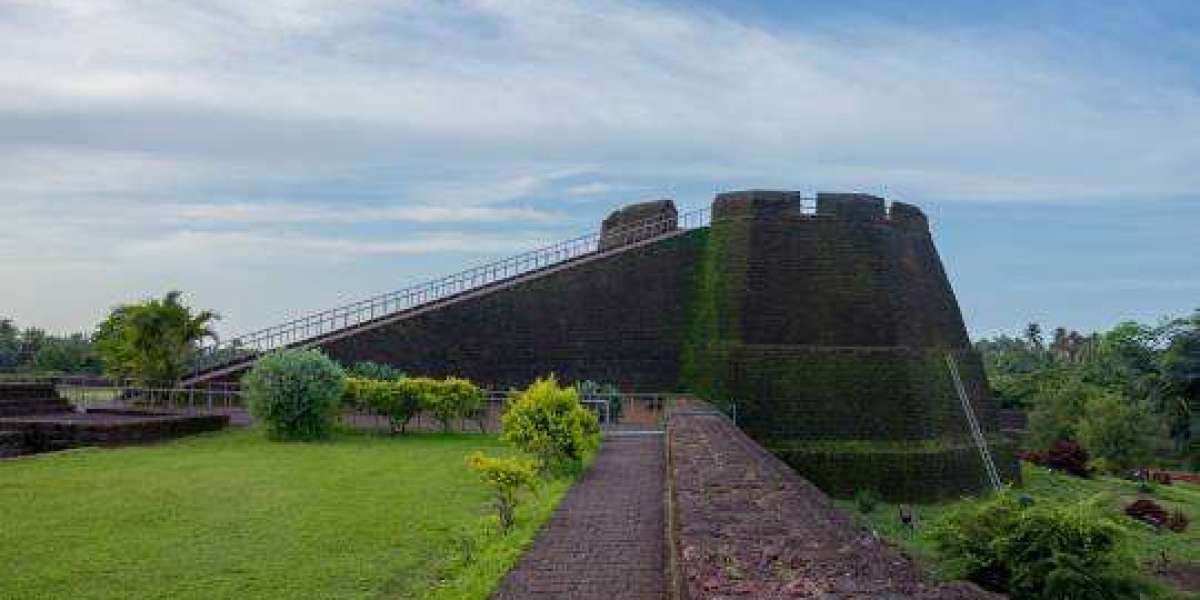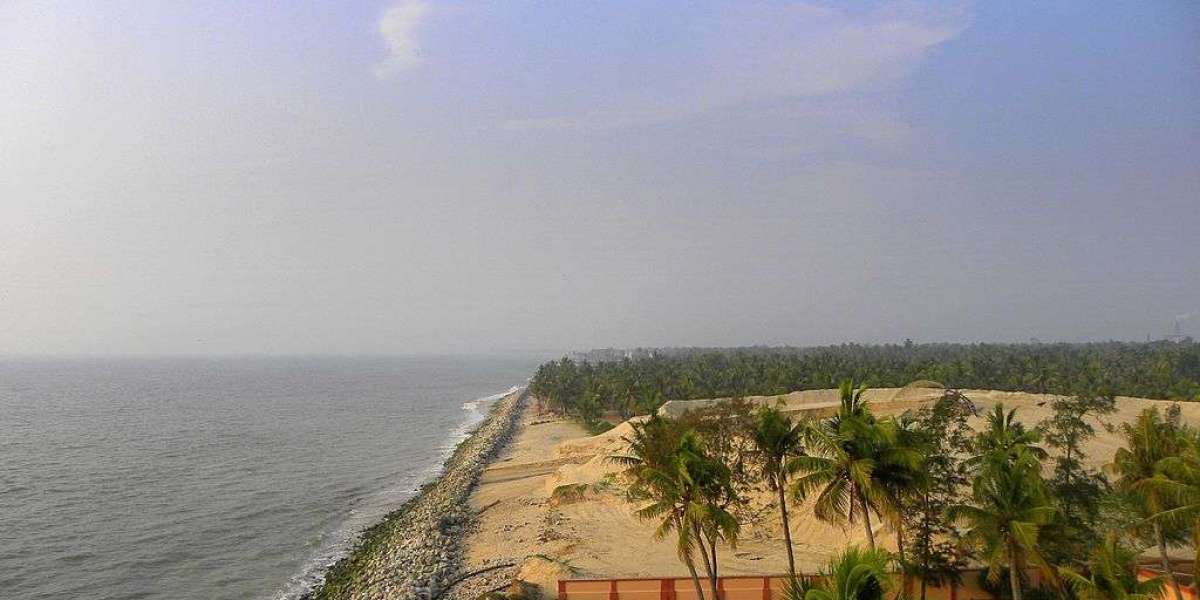Polling Stations
The constituency runs around 161 to 198 polling booths, depending on delimitation updates. Sample polling station locations include:
Government U.P. Schools at Chemnad West (multiple wings) and Got Fisheries U.P. School Keezhoor
GHSS Chandragiri campuses and cultural hall at Chemmanad
Govt H.S.S. Bovikkanam, Durga Parameswari ALPS Mallam, schools at Kalanad, Chathankai
Higher stations like Govt ITI Pullur, Udayanagaram H.S., GVHSS Ambalathara, Bandadka H.S., Kuttikole High School, Mariyapuram A.L.P.School, Bethurpara High School, Thavanath L.P. School, among others
Geographic & Demographic Peculiarities
Udma combines coastal and hilly terrain—Bekal Fort and the Arabian Sea mark its western edges, while inland hills define its eastern periphery within Hosdurg Taluk. Udma census town (part of the constituency) had about 8,115 residents in 2011, with a gender ratio of 1,258 females per 1,000 males and literacy of 90.3%. Broader panchayat areas house ~37,537 inhabitants, with urban-to-rural 56:44 split. Religious makeup is about 63% Hindu, 36% Muslim.
Economy & Economic Strata
Livelihoods in Udma revolve around:
Agriculture: coconut, areca nut, rubber, and paddy in rural panchayat zones.
Blue economy: coastal villages and fishing communities in Pullur-Periya, Chemnad, and Bekal.
Trade and small business: local commerce in Udma town, Bekal tourism linked to Fort and beach resorts.
Remittances from NRIs, particularly Gulf-based, supporting middle-income household stability.
Most households fall in the middle-income bracket, sustained by NRI remittances and small-scale agriculture/business. A smaller segment lives below poverty line—coastal fishers and marginal farmers—while the upper-income tier is limited to NRI-affluent families and successful traders.
Political & Social Dynamics
The constituency has seen tight electoral contests between LDF and UDF, often with margins within a few percentage points. In recent ward delimitation from 21 to 23 wards in Udma Panchayat (September 2024), allegations of gerrymandering emerged, and the High Court placed the changes on hold.
Recent Development
Kasaragod district’s pioneering “election grama sabha” initiative in March 2024 included all polling booths in Udma—voter lists were publicly verified at booth level, targeting a polling rate of 90%. Infrastructure improvements now focus on improving NH-66 connectivity, upgrading local governance buildings, and expanding services like schools and Fishery Cooperative support in coastal villages. Bekal tourism generates spillover effects in hospitality and allied trades.
Conclusion
Udma Assembly Constituency is an emerging mix of coastal-hill geography, multicultural demography, and diverse economic activity—anchored by agriculture, fishing, trade, and NRI remittance. With a predominantly middle-income populace, recent voter list reforms and modest infrastructure initiatives signal growth and progress







